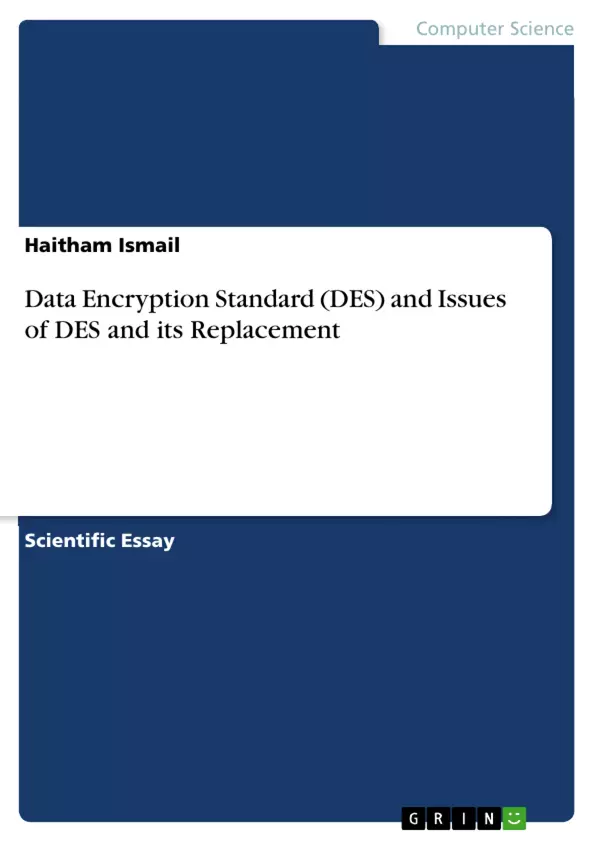This report will select one of the obsolete cryptographic algorithms, analyse it, discuss one of its vulnerabilities, and suggest a modern algorithm to address this weakness.
The business Management system (BMS) is a powerful management tool that helps an organisation’s management build, create, control, and monitor business activities. Currently, it evolved and has become the backbone of strategic planning and everyday business operations. BMS has the technical infrastructure, such as access control, to protect information from unauthorised access. Still, it can not be used alone to preserve the confidentiality and integrity of information handled against different challenges such as secure system development and maintenance, operation and physical security and compliance with regulations. Cryptography plays an essential role in protecting data’s confidentiality and integrity, which might be hosted within the companies’ premises or outsourced to a cloud service. Furthermore, cryptography protect information processed and transmitted within a communication medium. BMS incorporates many algorithms that serve this purpose; however, some of them are legacy or obsolete, such as RC2, RC4, DES, 3DES, MD2, MD4, MD5, SHA-1, and no longer recommended to be used because they are proved to be vulnerable.
Table of Contents
- Introduction
- Cryptographic algorithm selection
- Data Encryption Standard
- Symmetric encryption Algorithm
- DES Encryption Key
- DES Encryption Subkeys
- How does DES Work?
- DES Vulnerabilities
- Brute-force
- Parallel Processing
- Advanced Encryption Algorithm
- Conclusion and Comparison Summary
Objectives and Key Themes
This report examines the Data Encryption Standard (DES), a cryptographic algorithm that has become outdated due to advancements in computational power and sophisticated attacker techniques. The report analyzes the algorithm, explores its vulnerabilities, particularly brute-force attacks, and proposes a modern replacement to address these weaknesses. The objective is to provide a comprehensive overview of DES and its limitations in contemporary security landscapes.
- The evolution and importance of cryptographic algorithms in data security.
- The strengths and weaknesses of the Data Encryption Standard (DES).
- The vulnerabilities of DES to brute-force attacks and the impact of parallel processing.
- The importance of selecting robust and secure algorithms for modern data protection.
- The role of cryptography in safeguarding information within business management systems.
Chapter Summaries
- Introduction: This chapter introduces the concept of data encryption and its importance in protecting sensitive information within business management systems. It discusses the role of cryptography in maintaining data confidentiality and integrity, highlighting the vulnerabilities of legacy algorithms such as DES.
- Cryptographic Algorithm Selection: This chapter explores the historical development of DES, its significance as a foundation for advanced algorithms, and the reasons why it is considered obsolete in modern cybersecurity contexts.
- Data Encryption Standard: This chapter delves into the fundamental principles of symmetric key encryption used in DES, explaining how encryption and decryption processes occur using shared secret keys. It also provides a detailed explanation of the algorithm's key structure and subkey derivation.
- DES Vulnerabilities: This chapter examines the weaknesses of DES, particularly its susceptibility to brute-force attacks. It discusses the impact of increased computational power and parallel processing on the effectiveness of brute-force techniques against DES.
Keywords
Data Encryption Standard (DES), symmetric key encryption, brute-force attacks, parallel processing, cryptographic algorithms, data security, business management systems, cybersecurity, vulnerability analysis, modern encryption algorithms, Advanced Encryption Algorithm (AES).
- Quote paper
- Haitham Ismail (Author), 2022, Data Encryption Standard (DES) and Issues of DES and its Replacement, Munich, GRIN Verlag, https://www.grin.com/document/1264836



